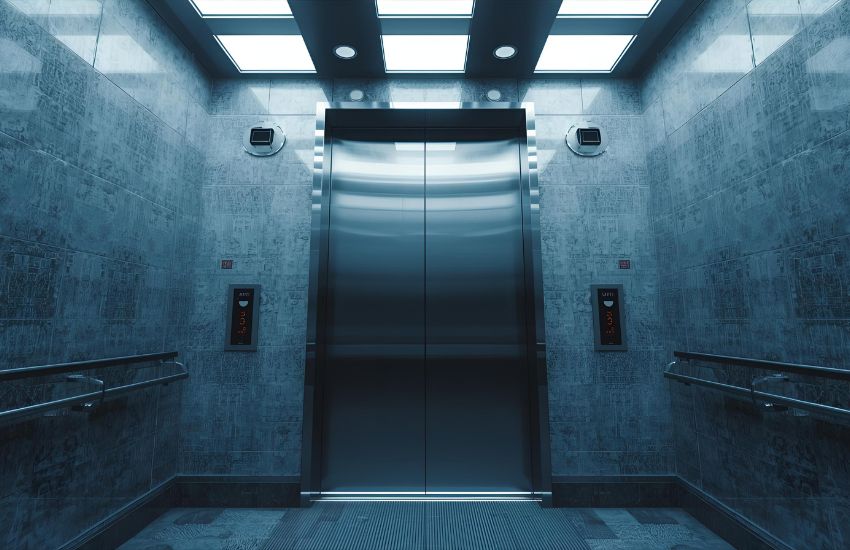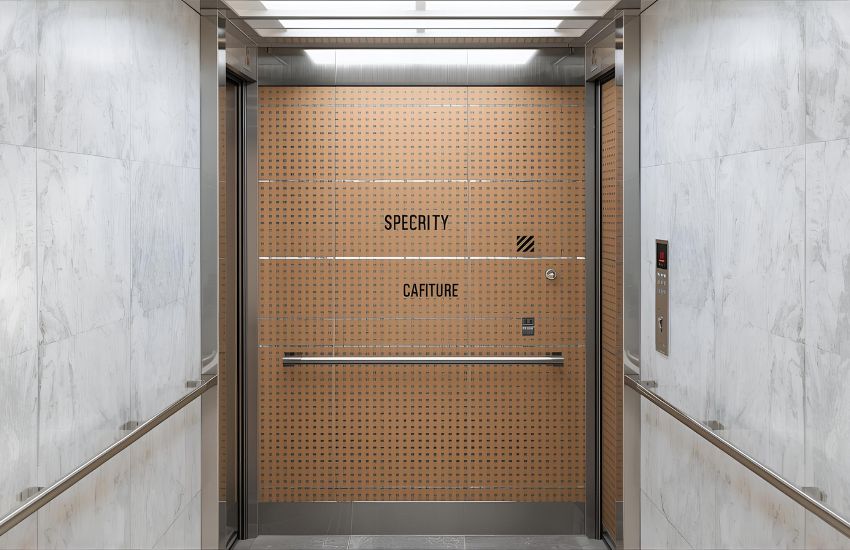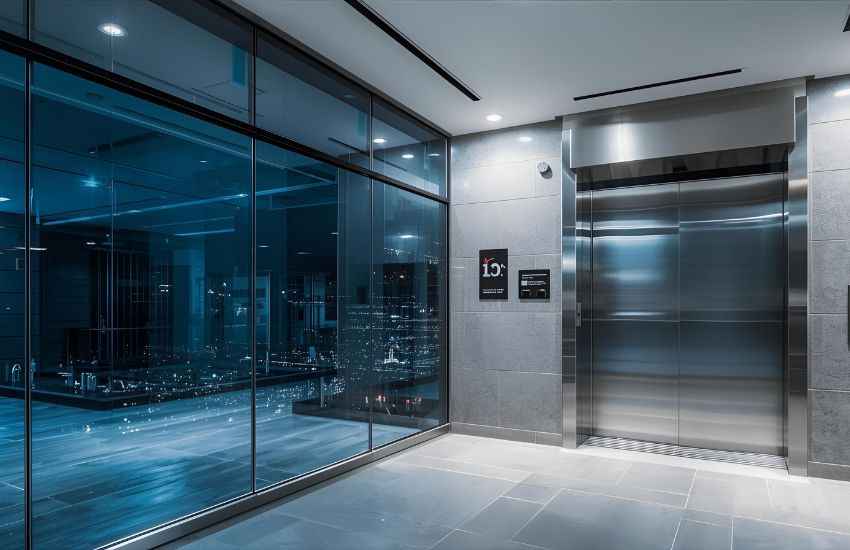Ensuring safety within elevators demands reliable and advanced surveillance solutions. A well-designed elevator security camera system not only deters misconduct but also provides crucial evidence when incidents occur. Whether you opt for a traditional wired setup or a wireless elevator camera system, the choice of camera and installation quality profoundly impact the effectiveness of your security measures.
You might wonder how to select the right camera system that balances performance, ease of installation, and integration with existing infrastructure. Modern elevator security cameras range from high-definition IP cameras to discreet CCTV cameras, each suited for different elevator environments. Proper cable management, including options like Ethernet or PoE, plays a vital role in maintaining system reliability and video quality.
This blog will guide you through the essential features of reliable elevator camera systems, the benefits of wireless versus wired installations, and best practices for elevator video surveillance to help you make informed decisions that enhance safety and security in your building.
Modern Elevator Camera Systems: Enhancing Security Inside the Elevator

Understanding Elevator Security Camera Systems
When it comes to elevator security, deploying an effective elevator security camera system is essential to safeguard passengers and property. These systems are designed to provide continuous monitoring inside the elevator cab and, in some cases, at the top of the elevator shaft. Elevator camera systems enable you to capture real-time video footage, enhancing physical security and deterring potential threats.
Advantages of Wireless Elevator Cameras
Wireless elevator cameras have become increasingly popular for their flexibility and ease of installation. Unlike traditional wired setups that require running coax or Ethernet cables, wireless CCTV cameras reduce installation time and minimize disruption to the building’s infrastructure. Installing a wireless elevator camera system can be particularly advantageous when retrofitting older elevators or upgrading existing surveillance systems.
Key Considerations for Installation
To install a camera inside the elevator, you must consider factors like video transmission, transmitter compatibility, and placement to ensure maximum coverage. Whether you choose wireless CCTV or a coax-based solution, your elevator video systems should integrate seamlessly with your broader security system. Proper installation ensures reliable video security, enabling you to monitor elevator activity effectively and respond promptly to incidents.
See more about...View Security Cameras Installed at Multiple Locations
Benefits of Wireless Elevator Cameras for Efficient Surveillance Systems

Wireless elevator cameras offer numerous benefits for an efficient surveillance system tailored to your building’s security needs. By choosing a wireless elevator camera system, you eliminate the complexity of running coax cable or travel cable inside of the elevator shaft or car, which can significantly simplify the system installation process. This is especially important when upgrading existing CCTV systems or installing a camera inside elevators where wiring is challenging or disruptive.
A wireless transmitter enables smooth video transmission system functionality, providing reliable wireless video feeds to your DVR or monitoring station. The flexibility of wireless cameras allows for strategic placement to optimize the field of view and ensure comprehensive elevator surveillance. Dome cameras are often preferred inside the elevator car for their discreet design and vandalism resistance, enhancing security and peace of mind for users.
When planning elevator camera installation, it’s crucial to consider low light conditions often found within elevator shafts and cars. Many modern wireless elevator CCTV cameras are equipped with advanced sensors to maintain clear video quality regardless of lighting. Additionally, this guide to installing a wireless elevator camera system helps you select the right type of camera and ensure that the system works seamlessly with your building’s Wi-Fi or dedicated wireless video infrastructure.
Ultimately, investing in wireless elevator cameras not only enhances your video security but also reduces installation time and maintenance costs, making it an ideal solution for modern elevator security systems.
See more about...Best Coax Cable for CCTV Camera Installations
Step-by-Step Guide to Elevator Security Camera System Installation

Planning Your Elevator Security Camera Installation
Before beginning any elevator installations, it’s crucial to assess the type of security you require and the elevator’s layout. Selecting cameras that provide high image quality suited for the confined elevator environment ensures effective monitoring. Decide whether you will use wired systems, such as those utilizing Cat5 cables, or opt for using wireless technology to simplify installation.
Preparing for Installation Using Wireless Technology
Using wireless solutions can make your installation easier and reduce the need for extensive cabling. A camera with a wireless transmitter and receiver eliminates long cable runs and allows more flexible placement inside the elevator cab. Wireless bridges are often employed to extend the video signal from the elevator to your monitoring station, ensuring reliable communication without compromising image quality.
The camera is mounted inside the elevator car, typically at the top for optimal coverage. Ensure the camera is securely fixed to avoid interference from elevator movement or vibrations. Once mounted, connect your camera to network video recorders or DVRs that store footage and allow for remote monitoring. For wired setups, Cat5 cabling runs from the camera to the recorders; for wireless, verify the transmitter system is paired correctly to maintain a stable video signal.
Final Checks and Testing
After installation, verify the entire system is operational and the image quality meets your security requirements. Test the video surveillance feed to confirm no interruptions occur during elevator movement. A professional installer can assist in troubleshooting any issues related to video surveillance and ensure your elevator security camera system is easy to install and maintain.
Mounting the Camera and Connecting to the System
See more about…Wireless Outdoor Security Camera System
Conclusion
In conclusion, installing an elevator security camera system requires careful planning and consideration of both wired and wireless options to best suit your building’s needs. Using power over Ethernet (POE) can simplify wiring by combining power and data transmission, especially when paired with a POE injector for efficient setup. Whether you opt for an RG59 coax cable or a modern solution like Ubiquiti wireless equipment, make sure the cameras you select—such as a small dome model—are designed for durability and optimal performance within elevator environments. Prioritizing reliable technical support during and after installation ensures your elevator surveillance system remains effective, particularly in commercial buildings where security demands are higher. By following best practices, you can enhance safety and provide peace of mind for all occupants.
See more about...Video Surveillance from Android & iPhone Mobile App
Frequently Asked Questions (Reliable Elevator Security Camera Solutions: Innovative Surveillance for Modern Safety)
How do security cameras in elevators work?
Security cameras in elevators work by capturing video footage of passengers for safety and monitoring purposes. These cameras are usually small, ceiling-mounted units connected to a central DVR or NVR system via wired or wireless connections. The recorded footage helps prevent vandalism, enhance security, and provide evidence in case of incidents or emergencies.
What is the latest technology in surveillance cameras?
The latest technology in surveillance cameras includes AI-powered video analytics, 4K Ultra HD resolution, facial recognition, and smart motion detection. Modern cameras use cloud storage, remote access via mobile apps, and infrared night vision. Additionally, integration with IoT and 5G networks enables faster, real-time monitoring and improved security management for homes and businesses.
How to access IP camera remotely?
Assign a static local IP to the camera and enable port forwarding or use the camera’s P2P/cloud service. Configure a strong password, note the WAN IP or DDNS hostname, open the camera’s HTTP/RTSP port on your router, and test remote access using the manufacturer app or an RTSP-compatible player over mobile data.
Which camera is best for lifts?
The best camera for lifts is a mini dome or pinhole CCTV camera due to its compact size, discreet design, and wide-angle coverage. These cameras are usually HD or IP-based, providing clear video even in low light. They can be integrated with NVR or DVR systems for reliable recording and remote monitoring.
